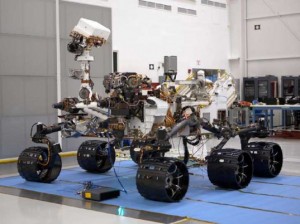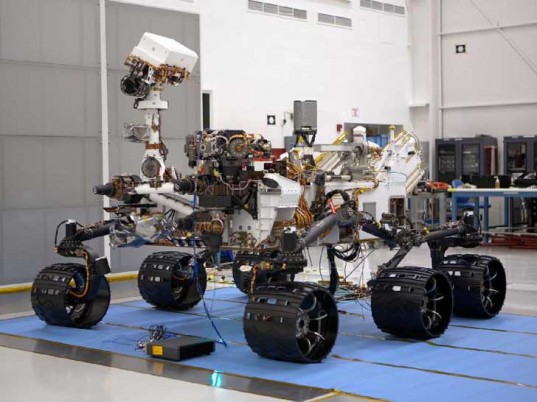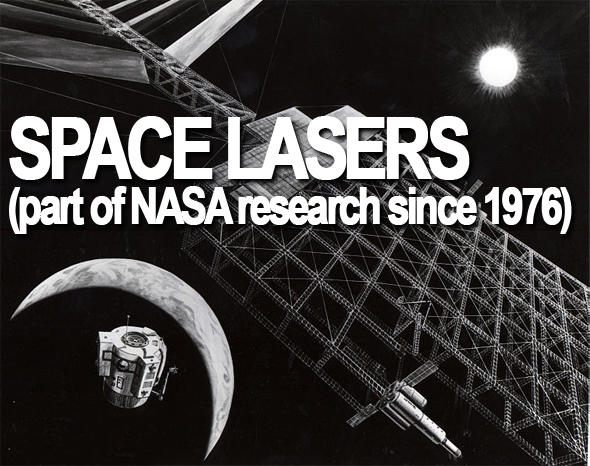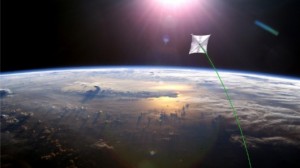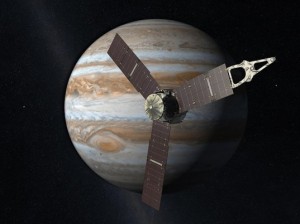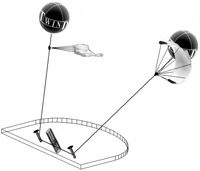
How would you like swarms of kite-like airborne turbines spinning at high altitudes sending power down via nano-tube cable tethers to generate power for your community? This could very well be a true picture of future power harvesters according to NASA. A federal fund of $100,000 is being reserved for exploring these high-altitude, nano-tube cable tethered, above-ground wind farms. The project will check all aspects as well as weigh the pros and the cons of a wind farm such as this one.
Envisioned Research by NASA
Mark Moore, aerospace engineer at NASA, outlined this research as a study to look at the practicalities of the idea of air-borne turbines. To know the challenges that will be faced when turbines are working at 30,000 feet above ground level — and what the effect will be on airspace and unmanned aircraft — is what the project is aiming to uncover.
Features of Flying Wind Farms
A prototype planned by Italian start-up TWIND has a pair of balloons at 2,600 feet. The open sails move antagonistically so while one moves downwind the other moves upwind. This movement spins a turbine to generate power. The option of offshore flying wind turbines is also being explored to solve the airspace competition issue.
Advantages Presented
At higher altitudes, wind has more power and velocity and is more consistently predictable. As power generated goes up because of higher wind resistance proportional to the cube of relative velocity, more power can be generated. That works out to be some 8 – 27 times the power produced at ground level. The tethers can haul in the kites/balloons housing the turbines during storms or for general maintenance work. Less pollution is an advantage, as well as the fact that it will not take up much precious ground space for installation.
Challenges Presented
This plan certainly presents plenty of challenges for air traffic and other unmanned aircraft by its need of a minimum 2-mile no-fly zone. The offshore option also has the extra effort of transporting the energy from sea to land-based power plants.
Need for Government Involvement
Since this plan of flying wind farms involves diverse major aspects like sharing airspace, geography, and technology, Moore says that there is a genuine need for government involvement to make this a viable plan. In his words, “We’re trying to create a level playing field of understanding, where all of the concepts and approaches can be compared.”
Source

 Follow
Follow
